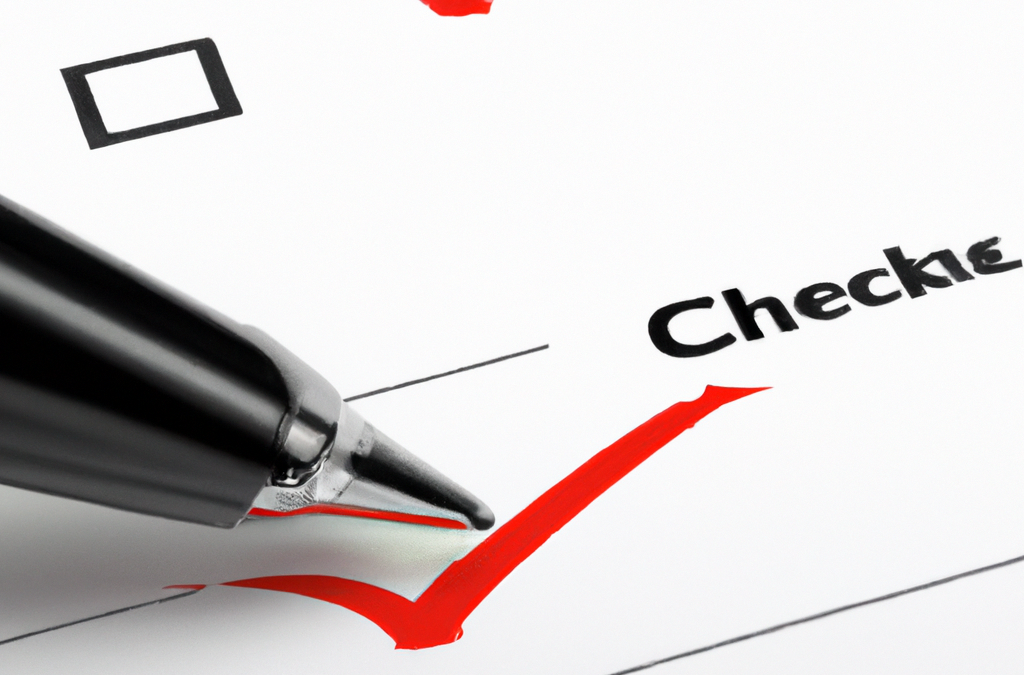Network Audit Checklist:
- Documentation and Inventory
- Verify up-to-date network diagrams
- Maintain a list of all devices, including servers, routers, switches, firewalls, and wireless access points
- Keep a record of all installed software and licenses
- Document the locations of all network devices
- Network Security
- Assess firewall configurations and rules
- Verify antivirus and antimalware software are up-to-date
- Review user access controls and permissions
- Evaluate VPN configurations and remote access policies
- Check for security patches and updates on all devices
- Ensure wireless networks are secured with strong encryption methods
- Review intrusion detection and prevention systems (IDS/IPS)
- Network Performance and Monitoring
- Analyze bandwidth usage and capacity planning
- Review network traffic patterns for anomalies
- Assess network latency and response times
- Verify network monitoring tools are in place and configured properly
- Test network failover and redundancy measures
- Device Configuration and Management
- Review configuration backups for all network devices
- Confirm devices are running on the latest firmware versions
- Evaluate device configurations for best practices and standards
- Check for proper VLAN and subnet configurations
- Assess device logs for errors or potential issues
- Network Policies and Procedures
- Review the organization’s network policies and procedures
- Confirm compliance with industry standards and regulations (e.g., HIPAA, GDPR, PCI DSS)
- Evaluate the incident response plan and disaster recovery procedures
- Review change management processes and documentation
- Physical Security
- Check the physical security of network devices and server rooms
- Assess access control measures in place for sensitive areas
- Verify environmental monitoring (e.g., temperature, humidity, and water sensors)
- Review uninterruptible power supply (UPS) systems and backup power options
- Backup and Data Recovery
- Confirm backup schedules and storage locations
- Test data recovery processes and procedures
- Review data retention policies
- Assess the security of backup data
- Training and Awareness
- Ensure staff are trained on network security best practices and policies
- Verify that users are aware of their responsibilities in maintaining network security
- Review the effectiveness of security awareness programs
- Third-Party Vendor Management
- Review contracts and service level agreements (SLAs) with third-party vendors
- Assess the security of third-party connections and access to the network
- Verify vendor compliance with industry standards and regulations
- Audit Report and Remediation Plan
- Compile findings and recommendations in a comprehensive audit report
- Prioritize identified issues and develop a remediation plan
- Schedule follow-up audits to ensure ongoing compliance and improvement
![]()

